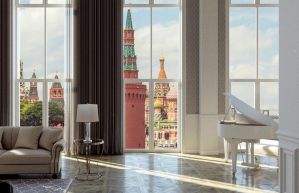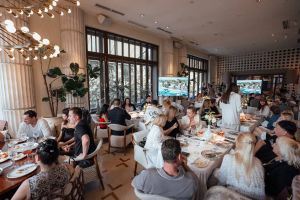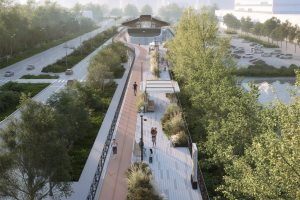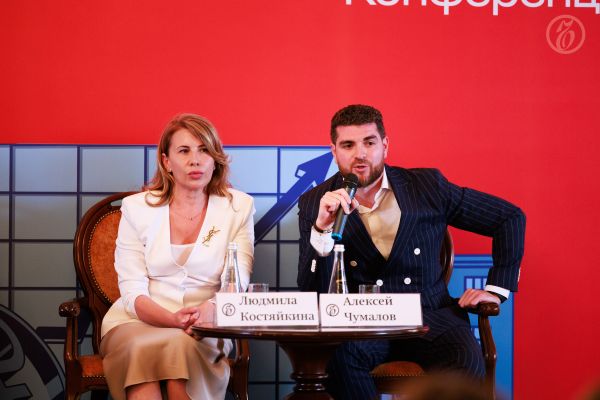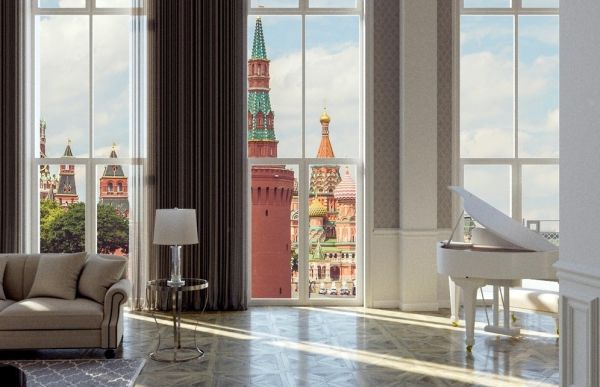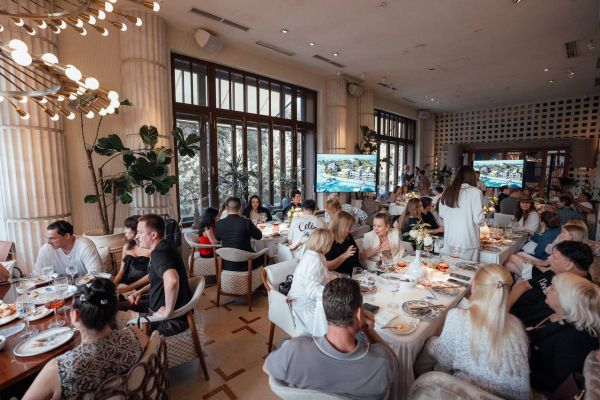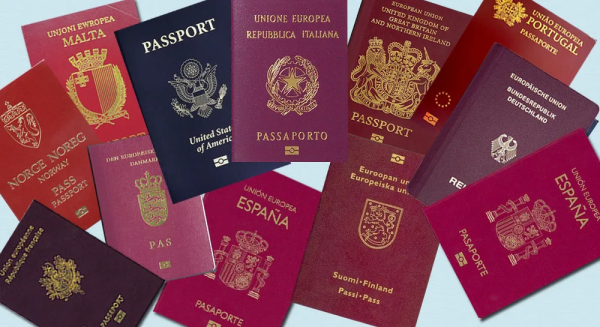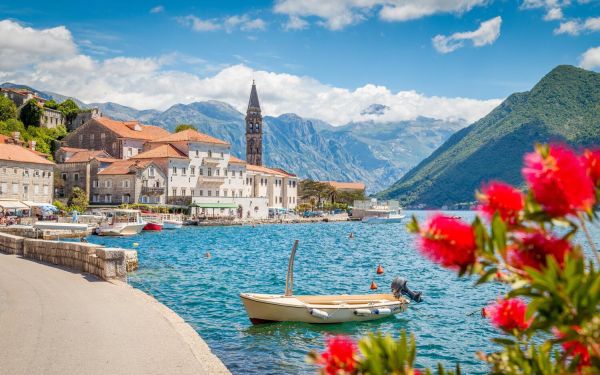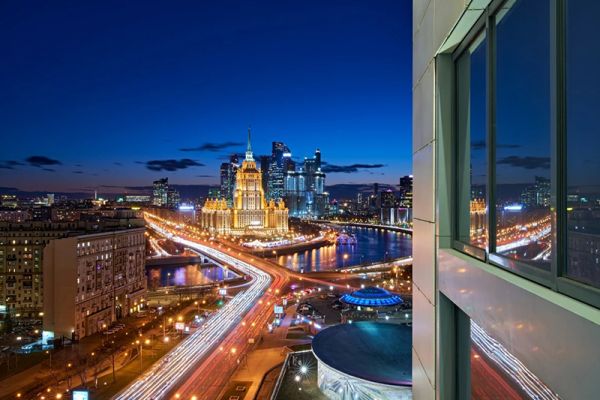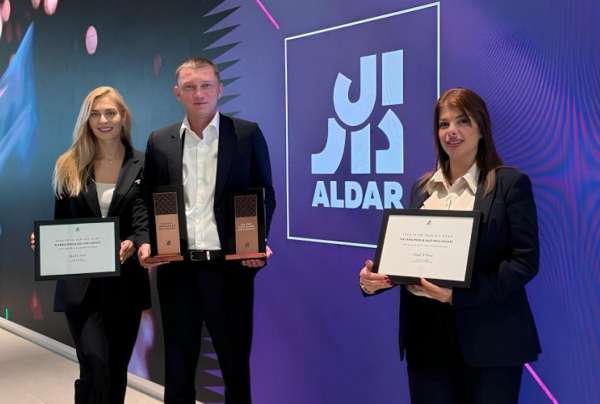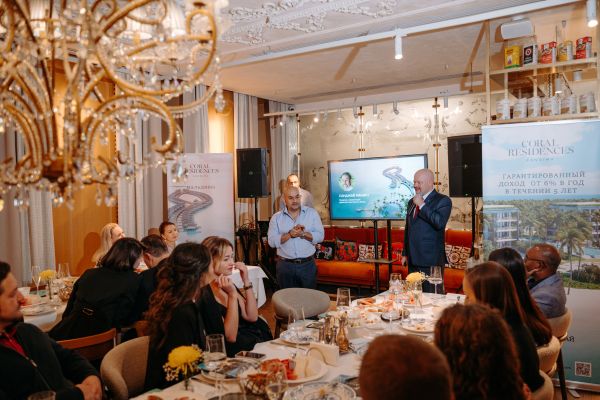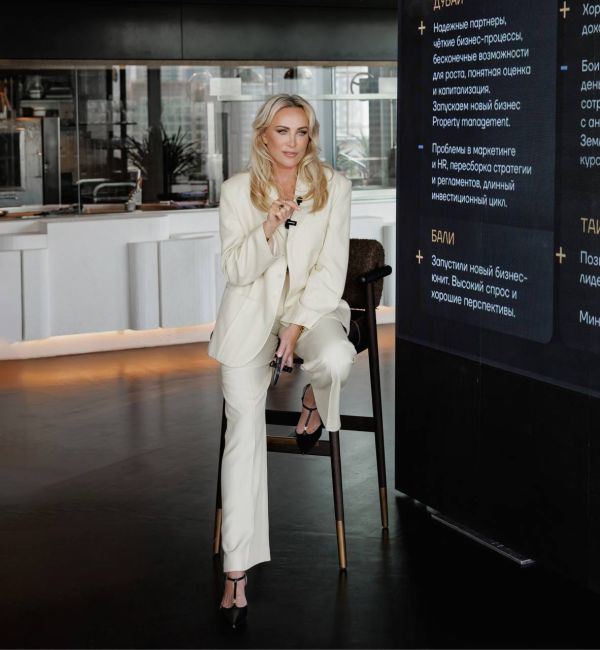Elite Real Estate: 5 Most Important Market Changes in 10 Years
Before the 2008 crisis, the Moscow real estate market was predominantly elite. Over the past 10 years, the mass segment has emerged as a leader, but expensive housing still plays an important role in the market. IRN.RU found out what happened to luxury real estate from 2007 to 2017.
Supply: double growth
Overall, before 2008, the market was expensive: there was a lot of money in the economy, and developers sought to build high-budget projects that could generate higher profits. After the crisis, the market became more democratic, but there has been no decrease in this indicator in the elite segment due to the overall growth in supply, on the contrary, there has been a noticeable growth in the past 10 years.
According to IRN-Consulting, from 2007 to 2017, the number of buildings for sale within the Third Transport Ring (TTR) almost doubled - from 48 to 91. The growth in the number of apartments exceeded 100%. According to Kalinka Group, in 2007, there were about 1000 lots on the luxury market, and by the end of 2017, there were 2165 apartments in 57 projects.
From 2007 to 2011, according to IRN-Consulting, the supply in the market was relatively stable: 48-52 buildings and 958-1063 apartments. "Since 2011, we have observed a generally positive trend in this indicator - the exception was the crisis year for the country's economy in 2016 (a decrease in the supply of luxury apartments to the level of 2014). However, already within a year, this indicator not only returned to its previous position but also significantly exceeded it, reaching a historical maximum," says Dmitry Khalin, Managing Partner of Savills Russia.
>An important trend in terms of supply structure was the increase in the share of apartments. This format did not exist in 2007. The first project with apartments was "The City of Capitals," launched in 2009. According to Kalinka Group, the share of apartments in the total supply structure in the luxury real estate market is now almost 50%. In comparison, in the overall market (including the mass segment), the share of apartments, according to Metrium Group, does not exceed 20%.In the luxury segment, experts usually do not divide the supply into apartments and flats. Firstly, in the city center, it is generally more difficult to build flats due to the shortage of residential land plots. Besides, for high-budget housing buyers, this difference is not as important as in the economy class, where issues of registration, taxes, and utility payments are significant.
Demand increased due to the business class
If we consider the expensive segment more broadly, it becomes clear that in terms of demand, the business class felt better than luxury real estate. Thus, with a 271% increase in supply in the business class, the number of sold lots, according to Savills, increased by 333%. In the premium real estate market, the increase in supply outpaced the increase in demand - the number of showcased apartments increased by 107%, and those sold increased by 81%.
The trend of shifting demand to more "budget" segments is also noted by Tatiana Polskaya, CEO of Troika Estate, comparing the "luxury" segments: "Currently, the distribution of demand between de luxe and premium classes is approximately 50 to 50, whereas before the 2008 crisis, about 90% of the demand was in the most expensive de luxe segment."
Buyers' preferences in terms of geography are also changing. "In recent years, there has been a decentralization of the market, buyers' selection criteria are changing," notes Ekaterina Rumyantseva. "If 2003-2007 were the time of active spot development in Ostozhenka, Arbat, Patriarshiye Prudy, today high-class projects can be found in all districts of the Central Administrative District (CAD), and buyers have stopped choosing projects solely based on their location - there are now "fans" of certain buildings who would choose between Patriarshiye and Plyushchikha, stopping their choice on the latter only because a project of the highest quality has appeared there. Previously, this was impossible to imagine."
Prices: from dollars to rubles
Over 10 years, ruble prices for expensive new buildings have increased by 36% - from 352,400 to 481,000 rubles per square meter, according to IRN-Consulting. At the same time, the market reached its maximum levels in rubles in 2014 - 528,500 rubles per square meter. Then, there was a decrease in prices, and over three years, housing within the TTR became 9% cheaper.
.However, it should be noted that the luxury segment remained dollar-denominated for a longer period of time, and even now some developers tie prices to foreign currency. Over the past 10 years, the dollar has increased by 2.3 times, so dollar prices have noticeably fallen. Even comparing not the pre-crisis year of 2007 (when the ruble was significantly overvalued), but 2009, when after a sharp weakening the ruble stabilized at around 30 rubles, dollar prices fell by more than 25% - from $11,000 to $8,000, according to "IRN-Consulting" data.
The Chairman of the Board of Directors of Kalinka Group, Ekaterina Rumyantseva, noted an even more significant decline. In 2008, the average cost per square meter of luxury housing in the Central Administrative District (CAD) was $23,000, now it is 700,000 rubles (or about $12,000). "10 years ago, real estate prices were measured in dollars and steadily grew in dollars monthly. Annual price growth reached 25-45%. Now prices for luxury real estate are set in rubles (mostly), and for the past two years, there has been no unified price dynamics. In traders' terms, prices are in a sideways trend," says Rumyantseva.
Compactness is trending
Like in the more budget segments, developers in the luxury housing market sought to reduce the budget for purchase. according to Savills, since 2009 the average budget for offerings has decreased from $2.5 million to $1.5 million per lot. "The most significant decline was noted in the period from 2014 to 2016, which is explained by a sharp decline in the exchange rate of the ruble against the US dollar, as a result of which developers reduce dollar prices for premium real estate, seeking to minimize the negative impact of the difficult economic situation on the demand factor," says Dmitry Khalin.
However, this is not only due to the decline in prices due to the weakening of the ruble. In order to reduce costs without significantly lowering the price per square meter, developers started designing more compact apartments. As a result, the average lot size, according to Savills, decreased by approximately 30% - from 181 to 129 square meters. If we consider the high-end segment excluding the business class, the sizes have decreased even more significantly. "The average size of luxury apartments in 2008 was almost 200 square meters, now it is 116 square meters," says Ekaterina Rumyantseva.
Another important qualitative change has been the emergence of apartments with finishing. According to the expert, 10 years ago, the overwhelming majority of residential complexes were handed over "in concrete," but now 30% of projects on the luxury market offer apartments and suites with finishing. For example, the luxury developer Vesper builds projects exclusively with finishing.
Market consolidation
Another important trend has been market consolidation. Prior to the 2008 crisis, there were about 20 developers in the luxury market in Moscow, but now there are only eight, according to "IRN-Consulting".
At the same time, demand is distributed unevenly among them. Thus, in 2015-2017, according to Savills, the majority of demand was generated by three developers. The undisputed leader is "Inteko" (31% of total transactions), mainly due to the project "Sadovye Kvartaly," the most popular among expensive residential complexes in Moscow. "Gals-Development" and "Donstroy" account for 13% and 11% of demand volume respectively. Thus, more than half (54%) of all transactions on the primary market of luxury housing were concluded with the participation of these companies.
The projects themselves are also becoming larger. "In 2007-2008, luxury properties with 100 or more apartments were a rarity, now it's the norm," says Ekaterina Rumyantseva.
Overall, over the past 10 years, the luxury housing market has witnessed trends that are typical of other segments: increase in supply volumes, decrease in prices and purchase budgets. However, the latter indicator has decreased much more significantly, as developers had more opportunities to reduce sizes: if in the economy class sizes decreased by 9%, in luxury housing it decreased by as much as 30% according to "Best-Novostroy".
Read also
Stay up to date with the latest news
We promise to send only interesting and important articles.

